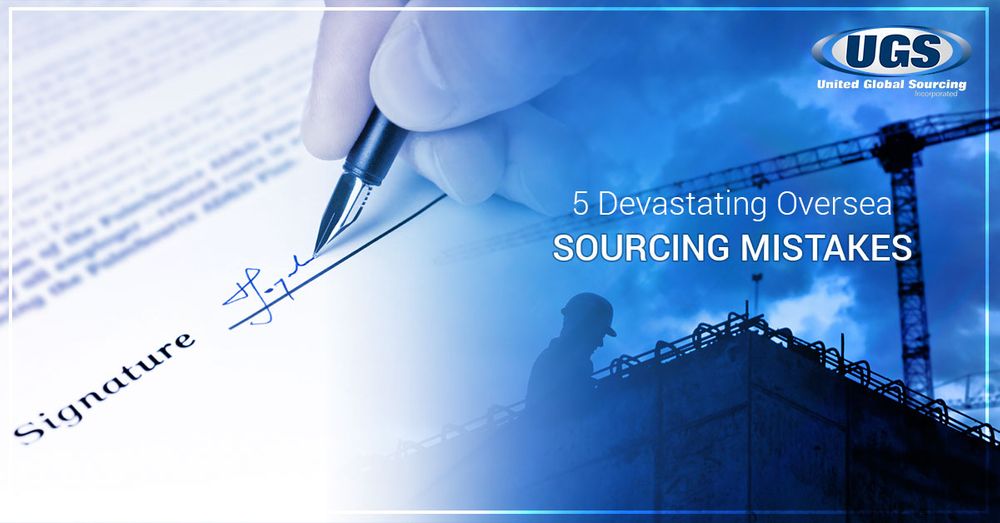Mistake #3 - Inadequate Research
It’s imperative that when you source overseas that you do your due diligence in determining if the supplier is worth the investment. A portion of your business will lean on this supplier to be a link in the supply chain. You don’t want scammers or ill-equipped systems to cost you.
Here are some general tips on researching potential suppliers:
- Check reviews online
- Search for supplier website
- Call supplier by phone
- Verify registration, certification, and licensing
- Request a copy of business license
- Verify supplier’s local registration
- Confirm information with local AIC office
- Visit supplier (more than once preferably)
- Hire a sourcing service provider
Mistake #4 - Lack of Payment Security and Protection
Before you begin paying suppliers overseas, you need to make sure that if you have any issues with the quality of the product, you’re protected and can get your money back. Too many times, businesses will rush into a relationship with a supplier and start purchasing product to later find out the quality is subpar. When the business goes to get their money back, the lack of payment protection puts them at a loss.
Here are some ways to protect your payments and secure ways to manage quality control:
- Choose safe payment method
- Set and confirm a clear quality definition before purchasing products
- Purchase a sample order first
- Source from multiple suppliers
Mistake #5 - Skip Written Contracts
It’s great to believe that a business’ word is their promise, but that’s not the case most of the time. A business deal without contractual obligations is a huge risk. Although a contract cannot stop a supplier from acting outside of the agreement, but it does give the business owner legal leverage if something were to go wrong. Without a contract, a supplier could stop delivering, and there would be little to no consequences.
Here is some basic information that needs to be in a sourcing supplier contract:
- Involved parties
- Terms for samples, price, quality, logistics, and management
- Product definitions for quality, type, and delivery
- Payment agreement
- Breach of contract liabilities
- Choice of law
- Dispute resolution terms
- Arbitration clause
- Attorney fees
Remember to consult a professional when drawing up contracts to best protect yourself, your company, and your customers.


